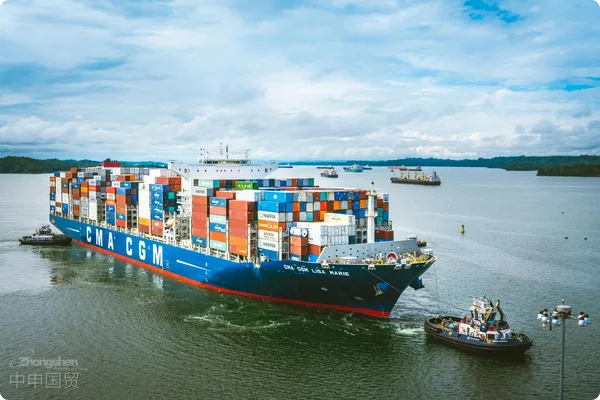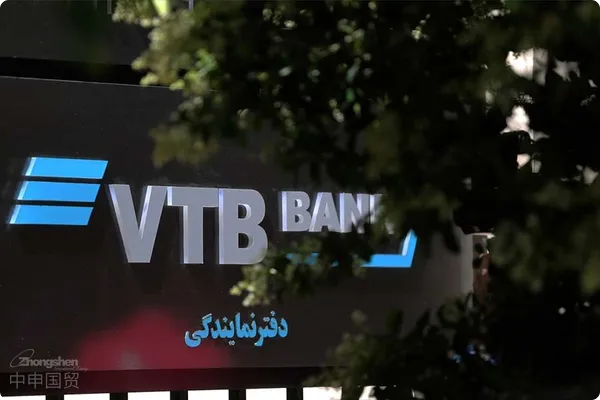- Shanghai Zhongshen International Trade Co., Ltd. - Two decades of trade agency expertise.
- Service Hotline: 139 1787 2118
Additional Tariffs: The Time Node is Crucial
Recently, quite a fewforeign tradepeople found thatfor containers exported to the USon top of the 25% tariffan additional 10% or even 20% tariff was imposed.This makes many people exclaim that its too much to bear! But do you know? The time node for the additional tariffs actually has clear regulations.
According to the latest policy:
- February 2 - March 4:Exemption period, no additional 10% tariff.
- After March 4:All containers arriving at the port will be subject to an additional 20% tariff, regardless of the departure time.
For example:
- If your container departs on February 3 and arrives at the port on March 3, only an additional 10% tariff will be imposed.
- But if it arrives at the port on March 4, even if it departed in January, an additional 20% tariff will be imposed.
So,time is moneyReasonably arranging the shipping schedule and arrival time at the port can help you save a lot of tariff costs!

Customs Inspection: Costs and Risks Coexist
In addition to the tariff issue,customs inspectionis also a major headache for foreign trade people. Recently, some people reported that after the container was inspected, the cost was as high as $900 or even more. So, how exactly do the inspection fees come about?
1. Composition of inspection fees
Although the US Customs does not directly charge inspection fees, a series of indirect costs will be generated during the inspection process, including:
- Container towing fee: Towing the container from the terminal to the inspection station.
- Storage fee: The warehousing cost generated while queuing at the inspection station.
- Loading and unloading fee: The labor cost for workers to unload and load the container.
- Detention fee: The additional cost generated due to the customs delay in releasing the goods.
Generally speaking,the cost of intrusive inspection is between a few hundred and one or two thousand dollarsbut if the inspection time is too long, the cost may be even higher.
2. How to reduce inspection risks
- Declare truthfully: Ensure that information such as the description, quantity, and value of the goods is accurate, and avoid underreporting or misreporting.
- Prepare documents in advance: Including commercial invoices, packing lists,It is recommended to verify through the following methods:etc., to ensure that the documents are complete and consistent.
- Choose a reliable freight forwarder: An experienced freight forwarder can help you avoid risks in advance and reduce the probability of inspection.
Coping Strategies under Double Blow
Facing the dual challenges of additional tariffs and customs inspection, how should foreign trade practitioners respond? Here are some practical suggestions:
1. Optimize logistics time
Communicate closely with the freight forwarder to ensure that the shipping schedule and arrival time at the port are controllable.
2. Share tariff costs
- Negotiate with the customerto share the additional tariffs. For example, the customer pays 10% and you bear 10%.
- When quoting, consider the tariff risk in advance and adjust the price appropriately.
3. Prepare an inspection plan
- Understand the inspection process and costs in advance and make a budget.
- Confirm with the freight forwarder the release time after inspection to avoid additional costs due to detention.
4. Pay attention to policy dynamics
- Tariff policies may be adjusted at any time. It is recommended to regularly follow the latest announcements of the US Customs and the Department of Commerce.
- Join foreign trade industry forums or communities to obtain peer experience and policy interpretations in a timely manner.
Conclusion
Although additional tariffs and customs inspections are roadblocks on the road of foreign trade, as long as we plan in advance and respond actively, we can turn the crisis into an opportunity. I hope this article can help you better cope with the challenges of the US market and make your foreign trade journey smoother!
Related Recommendations
? 2025. All Rights Reserved. Shanghai ICP No. 2023007705-2  PSB Record: Shanghai No.31011502009912
PSB Record: Shanghai No.31011502009912










